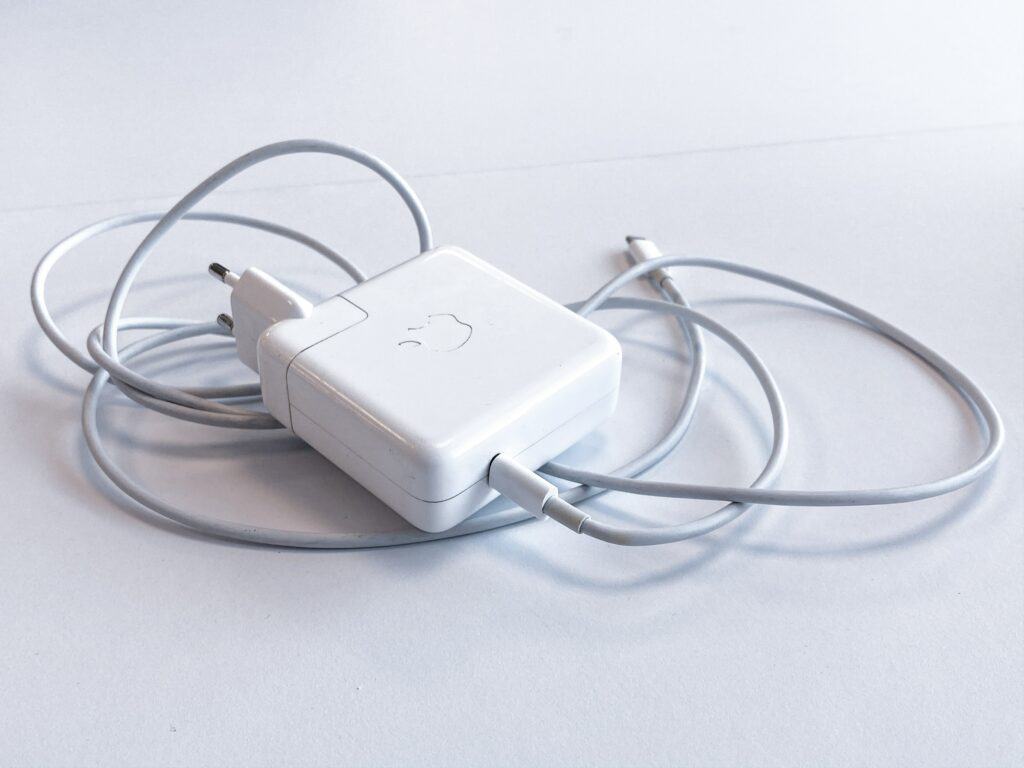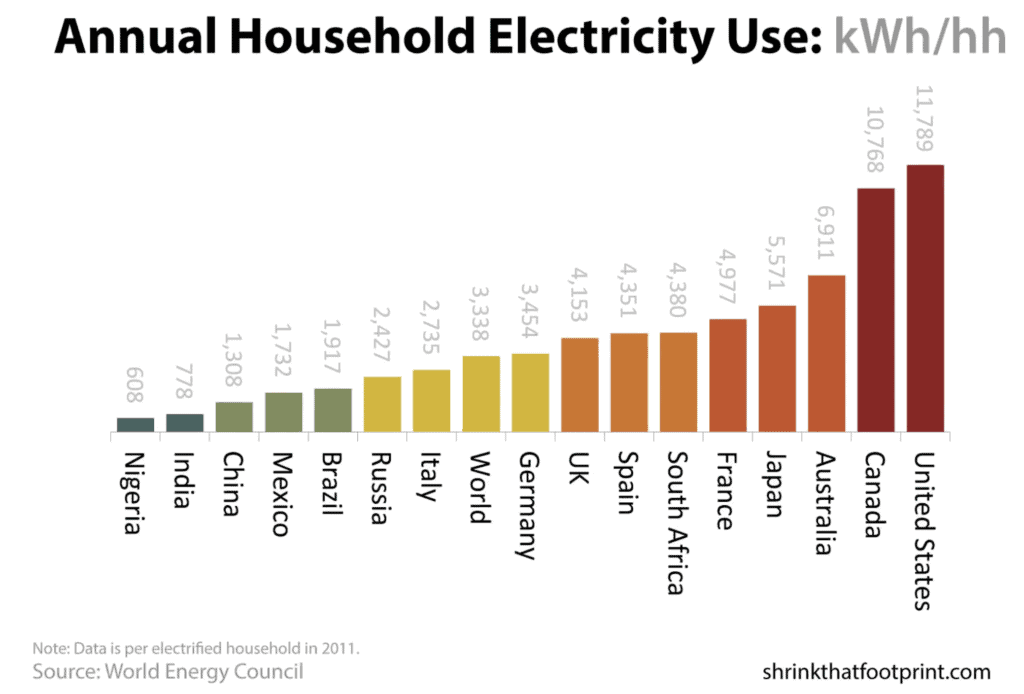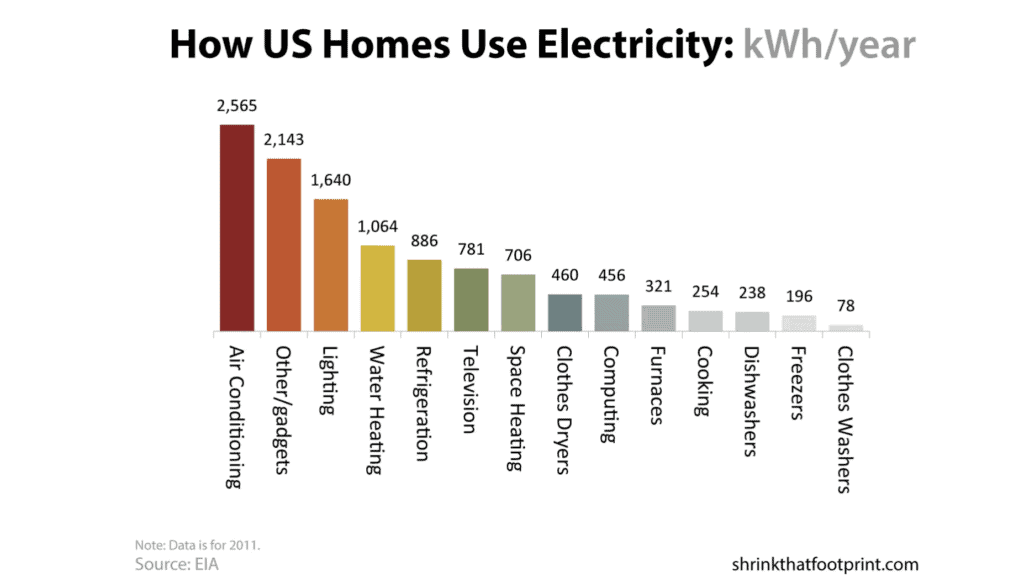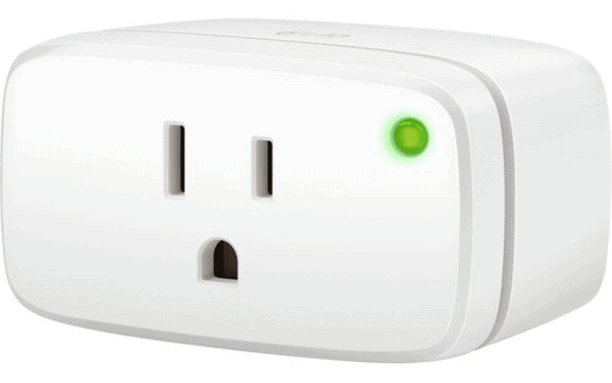Electronic gadgets are the electricity equivalent of a leaky tap
Reducing the electricity you waste on standby power is one of the easiest ways to cut your electricity bill. You want be able to cut it all the way to zero easily, but can usually cut it in half with just a couple of changes.

Tackle your standby power waste to reduce carbon emissions
If you have a leaky tap, you fix it. But is your home leaking electricity? This is day 13 of the 30 day shrink. I’m going to show you how you can save a little money on your electricity bill by tackling the standby wastage in your gadgets. First up, I’m just going to show a little data to help explain how much electricity homes use, and where that electricity goes.
Unplug your devices to reduce standby power waste
The best way to reduce your electricity bill is to unplug your appliances and electronics when you’re not using them. In addition, standby mode is a major contributor to your energy usage, so getting into the habit of turning off your gadgets and disconnecting them from the grid before bed can make a big difference.
| Device | Power draw when on |
| Low energy LED light that stays at night | 14 watts |
| Stereo, speakers | 23 watts |
| Desk top computer, monitor, printer | 38 watts |
| TV, DVD player | 36 watts |
| Laptop, charging | 48 watts |
Americans use 800-900 kWh per month
The average amount of electricity used in homes around the world varies greatly. The global average is about 3,300 kilowatt hours, but some countries use very little electricity, like China, India, and Nigeria. while other countries use a lot, like Australia, Canada, and the US. In particular, how your home uses electricity could be very different to your neighbor’s. On a monthly basis, Americans use 800-900 kWh per month.

Air-conditioners comprise a little under 25% of electricity use
But in general, there are some things that we all do that use electricity. This chart shows how US homes use electricity. The major draws are air conditioning, entertainment gadgets, lighting, water heating, refrigeration, and television.

Remaining miscellaneous devices contribute to low level of power draw
There are miscellaneous devices throughout the house, including routers, the fridge when it’s not cooling, fire alarms that will continue to draw electricity. Eliminating stand-by power brought our house down to 20 watt overnight draw, which translates over 8 hours into 0.160 kWh or about 4.8 kWh per month. A wasteful house is around 150 watts or equivalently 36 kWh per month. A more average house is in the 80 to 100 watt range, and then someone doing well is in the 50 and below range.
Power strips enable finer control of on/off state of devices
If you don’t have easy to access switches on your walls, then you might want to invest in a cheap power strip that you can get some of your high standby entertainment equipment on. For most people, this standby power is in the 5 to 10 range of total electricity use, but it’s really easy to get out, so it’s worth having a go. As long as you don’t keep things plugged into it, a power strip won’t draw electricity.
A plug-in wall monitor measures the standby power waste

If you really want to know accurately what the standby power of things in your own home is, then it’s best to buy one of these little plug-in wall monitors. They’re about 10 to 20 bucks, and if you’re really serious about tackling your electricity bill, you should check out our five video series on how to save money on electricity. That’s it for today. Make sure you catch us tomorrow, and we’ll be changing light bulbs!
Back to the Shrink Guide: Introducing the Shrink
Lindsay Wilson
I founded Shrink That Footprint in November 2012, after a long period of research. For many years I have calculated, studied and worked with carbon footprints, and Shrink That Footprint is that interest come to life.
I have an Economics degree from UCL, have previously worked as an energy efficiency analyst at BNEF and continue to work as a strategy consultant at Maneas. I have consulted to numerous clients in energy and finance, as well as the World Economic Forum.
When I’m not crunching carbon footprints you’ll often find me helping my two year old son tend to the tomatoes, salad and peppers growing in our upcycled greenhouse.
